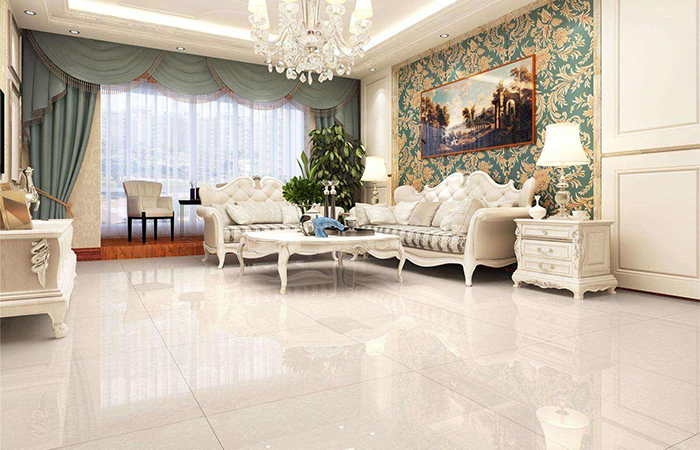Ancient tile is a kind of building material. It is made of popular clay with a certain shape. After being air-dried, it is baked at high temperature in a furnace. Some are red and some are cyan. Do you know what the secret is?
It turns out that the color of the tiles is closely related to the firing process. If the process methods are different, then the chemical composition of the tiles will be changed differently, so that the color of the tiles will also be different.
The main material of bricks and tiles is clay. There are divalent iron salts in the clay, and the properties of divalent iron are unstable, and they are easily oxidized into trivalent iron compounds in the air. In the firing process, under high temperature conditions, ferric iron is oxidized by oxygen in the air to form ferric iron, and ferric oxide is formed. The color of ferric oxide is reddish brown, so most of the tiles that people see are red. So why are some bricks and turquoise?

There is one more process for firing blue bricks than for red bricks. In a brick and kiln, when the brick and tile is burned to a certain temperature, it is not allowed to cool slowly, but a large amount of water is poured from the roof of the brick and kiln. At this time, water and vaporized water are isolated. The role of air. In the absence of oxygen, incomplete combustion of coal occurs and carbon monoxide is produced. Water and hot coals also produce carbon monoxide and hydrogen. These gases are reducing. They can reduce the iron oxide in red bricks to black iron oxide and blue-black iron oxide. Some small particles of coal that have not completely burned will also penetrate the brick. Warri, so the bricks turned turquoise.
Because the fired green brick tiles are subject to water leaching and multiple redox reactions, their internal structure is tighter than that of red brick tiles, which can withstand strong pressure and is not easily broken. Therefore, the majority of rural folk houses still prefer to use blue bricks.
